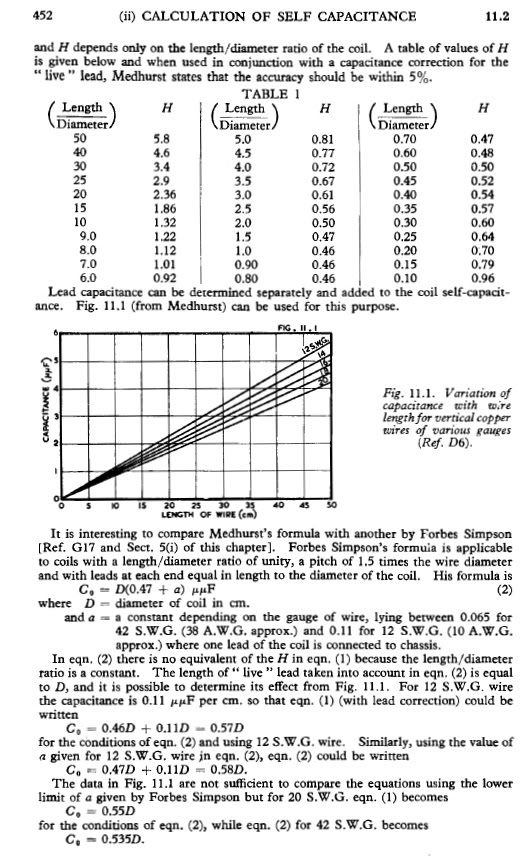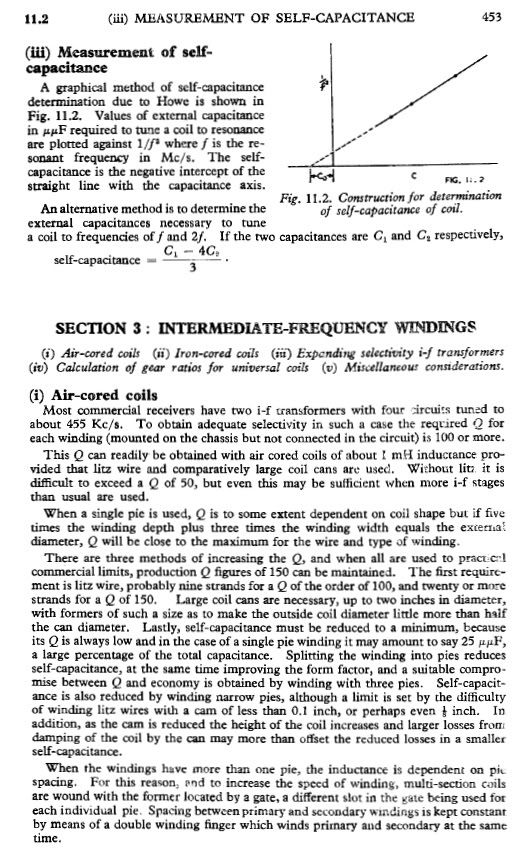Hi dR-Green.......I will try this again as I have skipped too far ahead. If I have a primary wound coil and capacitor LC frequency tuned to 100 cps and a secondary wound coil that has a tuned resonant frequency or 400 cps ....and these two are used to make a tesla coil is this system considered 1/4 wave?
Bud
Bud





Comment